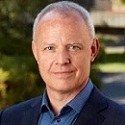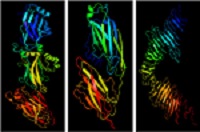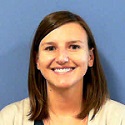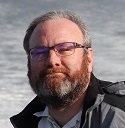From the Director

The process of recovering operations at SLAC is moving ahead gradually and carefully. This process is undertaken with significant input from DOE via the Bay Area Site Office. SSRL is now operating 10 beam lines for specific experiments, as well as several cryo-electron microscopes in buildings 006 and 057. Our limited operations are being conducted with great attention to the need for face coverings, physical distancing, and provision of PPE and clean-as-you-go supplies. Safety signs, including path-of-travel indicators, are going up on the SSRL experimental floor and in our other buildings in preparation for expansion of our activities.
Our shortened SPEAR3 summer downtime is scheduled to begin on July 13 and to end in early September. The summer downtime was rescheduled because the other DOE synchrotrons are scheduled to be down in September. This timing ensures at least one synchrotron in the US is available continuously to support research. On coming back up, we plan to initially operate in a mode in which x-ray experiments are performed solely by our beam line staff. Significant effort is being devoted to building an effective sample mail-in program with remote access for most of our beam lines. We will aim to gradually introduce local (Northern California) users to the SSRL experimental floor as we approach the end of 2020.
It is my great privilege to serve as director of SSRL. SSRL is committed to perform, enable and support scientific research of foremost importance and impact - and owes its enduring success to the quality and strong efforts of our staff. The current circumstances are difficult, but we must move forward with a focus on safe and sustainable operations of the synchrotron lightsource, the cryo-EM facilities and our laboratory-based projects.








